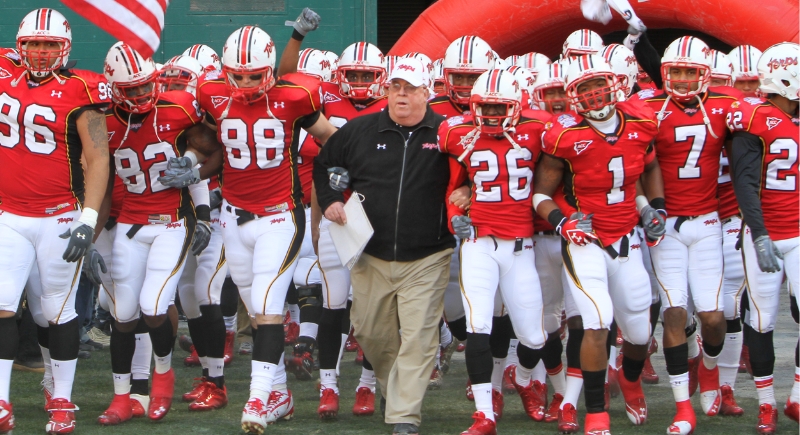Dumbest Coaching Fires in the History of College Football
College football has a long history of bad decisions, and few sting more than firing a coach who was actually doing his job well. Athletic directors often chase instant glory while assuming they can upgrade success without risk, but history keeps proving the opposite.
Coaches with winning records get replaced by poor fits, and entire programs collapse for seasons afterward. These firings usually happen after one disappointing season or because a new administrator wants his own guy. The aftermath is almost always filled with chaos, mediocrity, and regret that the steady hand they pushed out won’t be coming back.
Nebraska’s Descent into Chaos
Once a model of discipline and stability, the Cornhuskers began unraveling when athletic director Steve Pederson fired Frank Solich in 2003. Solich had gone 58–19 in six seasons and won a Big 12 title, while maintaining the foundation Tom Osborne built. Pederson called a 9–3 record “unacceptable” and hired Bill Callahan, who dismantled the system that defined Nebraska football and stumbled to a 27–22 record before being dismissed.
Years later, the school repeated the same mistake with Bo Pelini, a coach who averaged nine wins a season but was let go for not meeting inflated expectations. His successor, Mike Riley, went 19–19 and left the program adrift.
The Costly Overreaction from Maryland

Image via Wikimedia Commons/dbking
Ralph Friedgen rescued Maryland from mediocrity and turned the Terrapins into winners. In his first three seasons, he captured 31 victories and an ACC title, which ended a decade-long bowl drought. After a 2–10 slump in 2009, he rebounded immediately, guided Maryland to an 8–4 record in 2010, and earned ACC Coach of the Year honors.
However, none of that success seemed to matter. New athletic director Kevin Anderson dismissed Friedgen, even as players celebrated the turnaround. His replacement, Randy Edsall, arrived with high expectations and left with a 22–34 record. Maryland’s brief return to relevance ended when Anderson decided “steady” wasn’t enough.
In the years since, the program has cycled through multiple coaches, endured tragedy, and struggled to match even Friedgen’s average seasons.
Success Wasn’t Enough for Minnesota
Under Glen Mason’s leadership, the Gophers finally became competitive again. They reached seven bowl games between 1999 and 2006 and posted a 10–3 record in 2003. For the first time in generations, the team stood stable in Minneapolis.
Then came the 2006 Insight Bowl downfall, when Minnesota blew a 31-point halftime lead to Texas Tech. The loss triggered a hasty decision, and Mason was fired two days later. His replacement, Tim Brewster, brought enthusiasm but little experience and won only 15 games in four seasons. The Gophers slipped backward almost immediately.
It took more than a decade and various coaching changes to regain the footing Mason provided. His firing showed how easily progress can be mistaken for failure when expectations rise faster than reality.